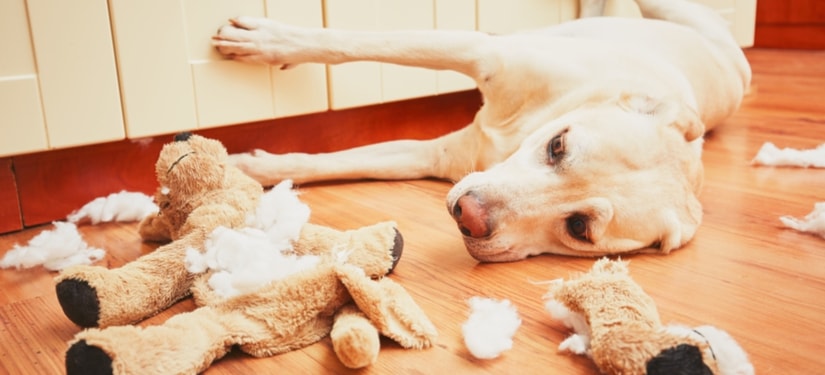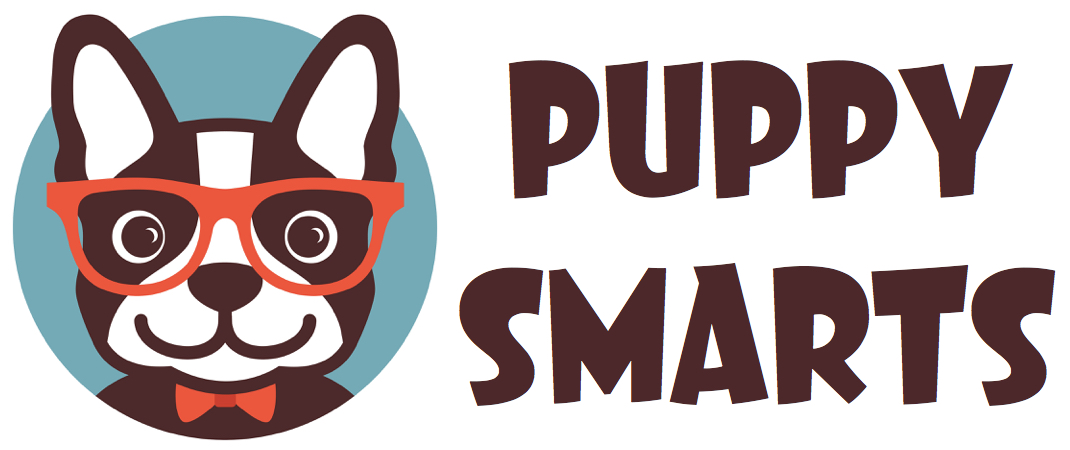What to Consider When Buying Dog Toys

Contents
Dog toys are not only created to distract your beloved pooch from going after your furniture or curing his boredom. Depending on the type of toy, it can help him practice his “biting” instincts without hurting anyone (except maybe his plush toy), stimulate his mind, or safely put off the excess weight he gained.
But not all dog toys are considered to be the “best” ones. Like other stuff you give your dog, his toys must correctly fit according to his needs. Looking for toys in dogs is like shopping for that perfect outfit that suits your body and taste. You scour many stores, test each clothing, weigh your options until you find one that can satisfy you. These same procedures apply in choosing dog toys.
Here are five factors to consider when looking for the right toys for your dog:
Age, activity level, and other physical attributes
The kind of dog toy you must buy for your furry best friend may be dependent on his age in dog years. Young pups can benefit on chew toys to strengthen their teeth and to ease the discomfort brought by teething, while bigger dogs would love to have plush or tug toys that they can use as a “prey” to rip apart.
High-energy dogs would appreciate the ones they can play with you such as Frisbee, balls, or interactive toys. Aside from expelling the excess energy, it can help stimulate his mind and become more receptive to your training.
And just like women, female dogs have a maternal instinct and tend to be cuddlers. They like to have plush toys they can “baby” and bring everywhere they go.
Your pup’s playtime style
Despite their physical makeup, I do not recommend following the previous tip to the letter because every dog is unique, and it is up to you to observe his behavior: is he more of a chaser as a pup? Does he like cuddle toys even though he’s male? Is he a chewer, chaser, and cuddler all rolled in one?
Knowing what playtime style he employs most of the time can save you from unwarranted costs and make your dog happier. After all, dog toys don’t come in cheap, especially if you plan to buy a lot.
Tip: If your pooch prefers variety in his playtime, have 2-3 representative toys for each type, then give him only one of each kind during play time so that he won’t grow bored with his playthings.
Size and quality
This comes as a no-brainer, even common sense. Don’t give large toys designed for Great Danes and Labradors to toy dogs and puppies because they might not be able to enjoy it due to their large size. In the same manner, don’t give small toys to large breeds since it can become a choking hazard.
Aside from that, you should check the quality of the toys you buy, primarily if it would mainly be used as a chew toy. Synthetic fibers and squeakers from plush and squeaky toys can be swallowed by your dog if you continue to give them despite their dismembered appearance.
Before giving the toy to your dog, check for small parts, stray fabric, and product defects. Throw it away once you feel it is not safe for your dog to play it anymore.
Also, be wary of the materials they use in the product. Some of the color dyes the manufacturers use can have trace amounts of lead and other metals that can harm your dog in time. Look for any previous product recalls made by the company and check out reviews by fellow pet owners before making a purchase.
Where it will be played
In choosing a dog toy, another thing you have to consider is if it will be played indoors or outdoors. You can’t have a Frisbee whirring around your home especially if you have precious vases and fragile items on display. You can’t also allow tug-of-wars to happen in your living room while you’re watching the TV as this could distract you.
Naturally, dogs who love to play outside can benefit more for outdoor toys, but they also need some “downtime” toys they can play in your living room in case your backyard is not available due to weather conditions (rain, snow).
Again, having different types can help him when the situation calls for it. For example, if he holds on to his ball or Frisbee more than he should during your outdoor play, then maybe he prefers to have a chew toy to keep his mouth busy. The key is to be vigilant when he gives visual cues of what he wants to do at the moment.
The good thing about dogs is that regardless how weird or unfamiliar the thing is, if it came from his human friend, he would surely accept it. Unlike humans, they tend to learn how to love anything you give them. Also, they would enjoy it more if they can play the toy with you. Here are five dog toys you can start checking out. Happy hunting!
